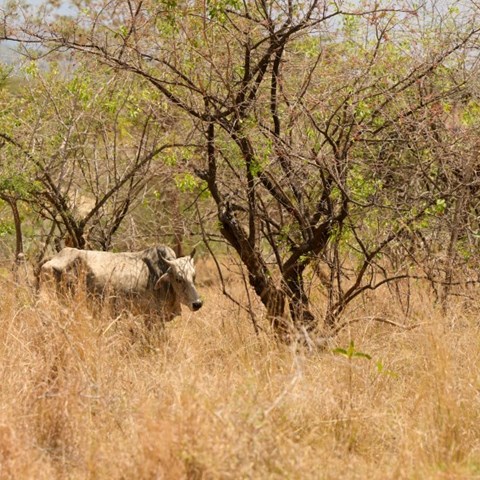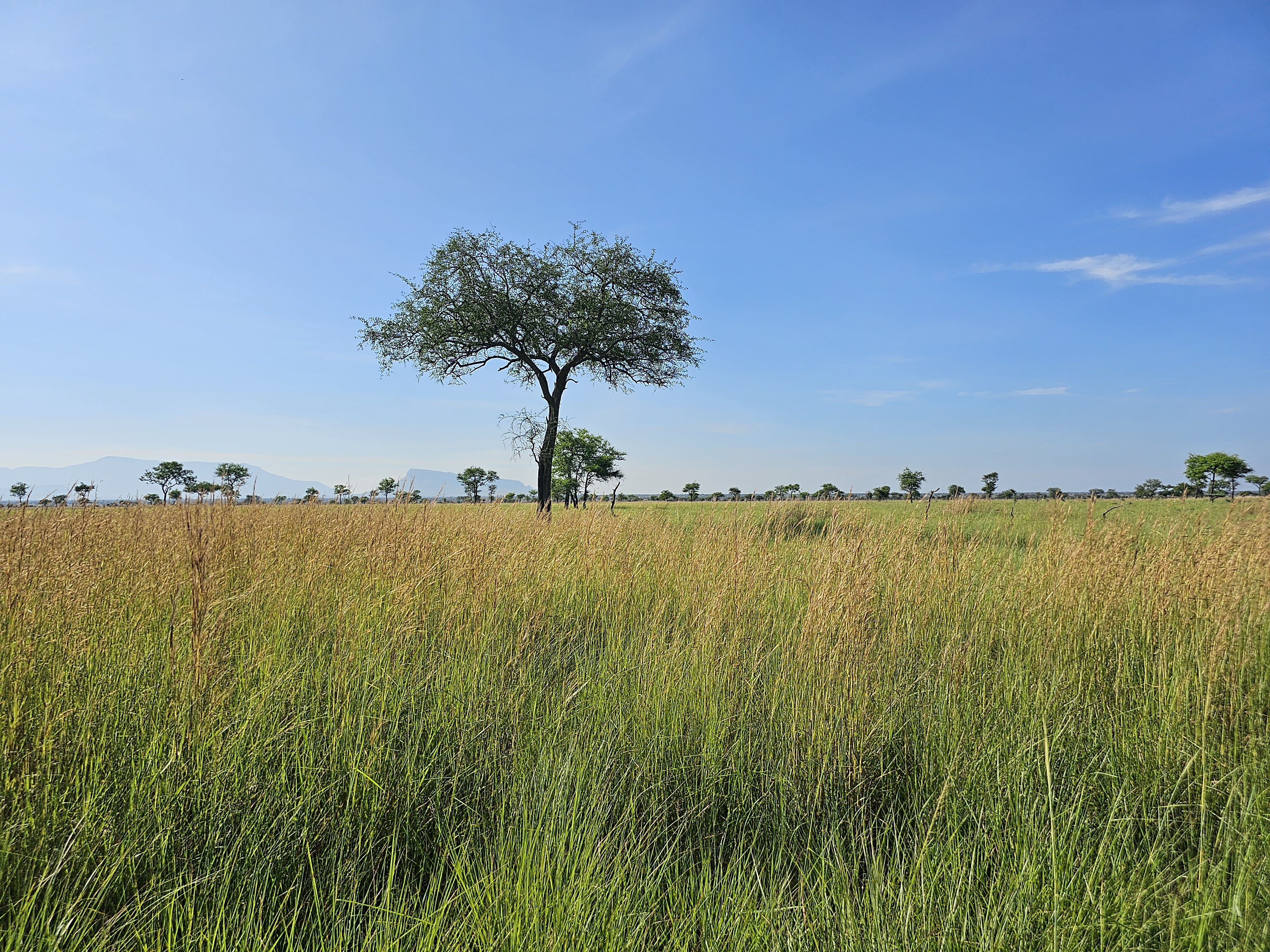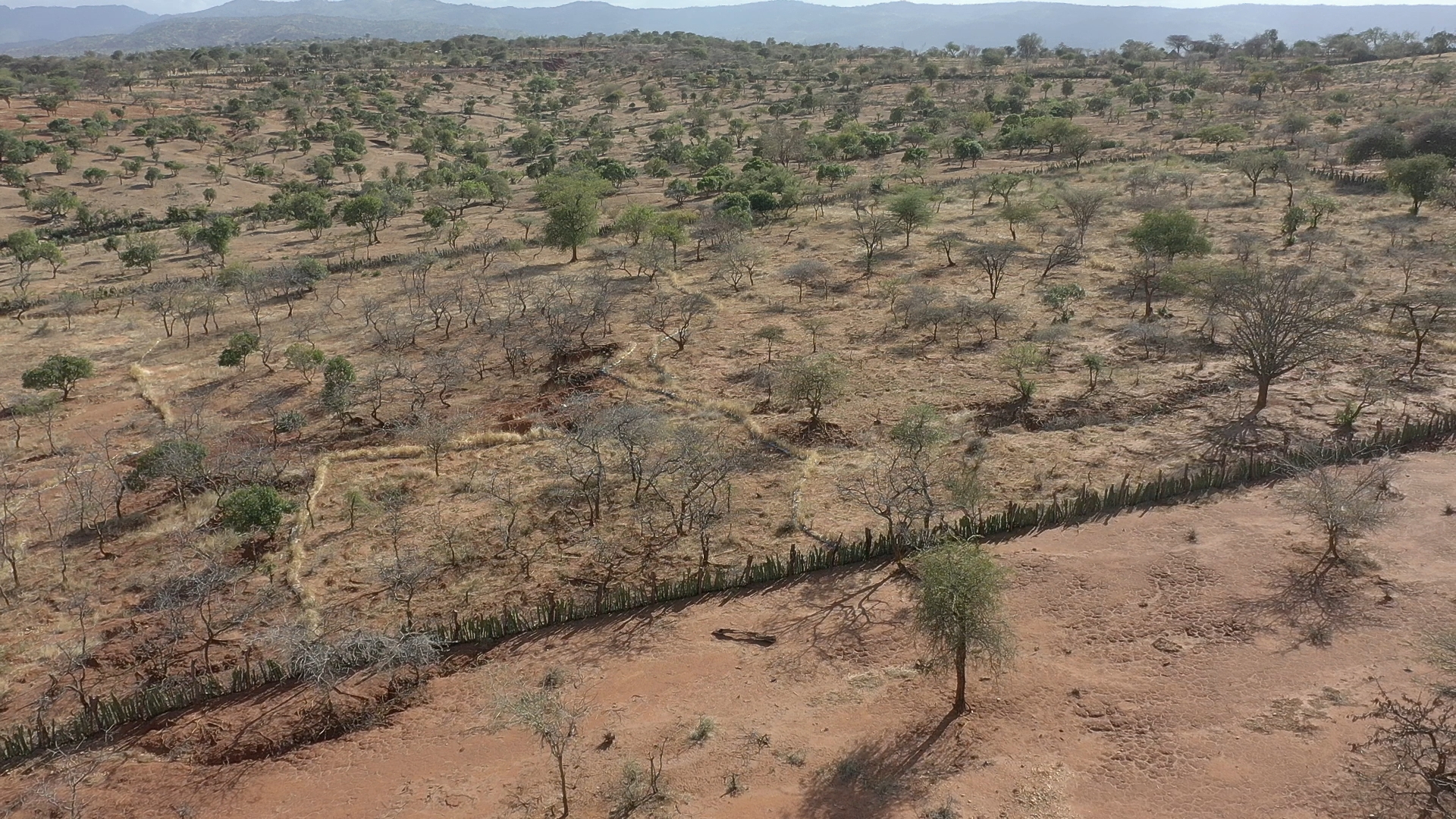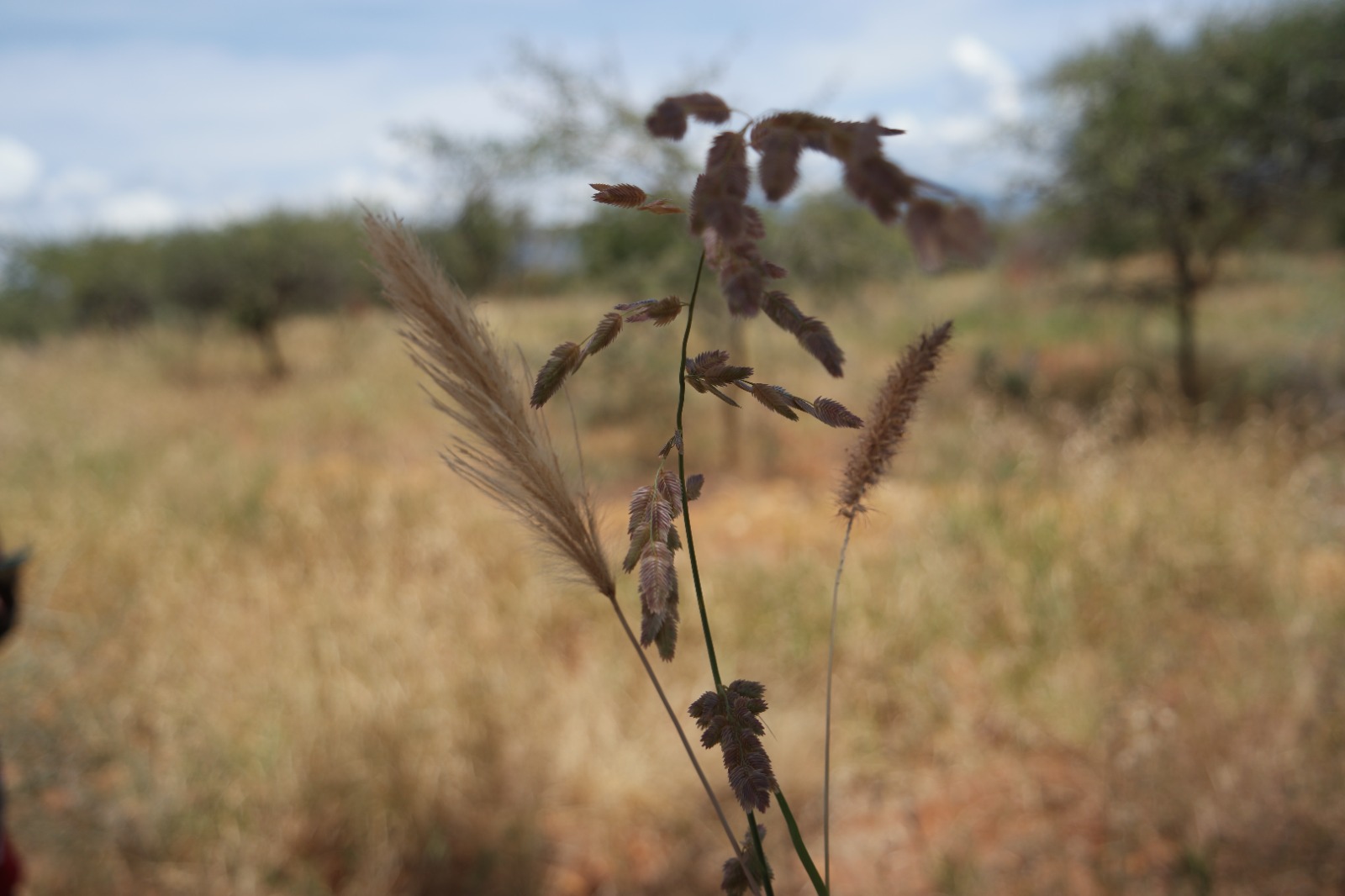Contact
Aida Bargues Tobella, Researcher
Department of Forest Ecology and Management, SLU
aida.bargues.tobella@slu.se, +46907868346

Tackling the climate-biodiversity-water-land degradation crisis requires integrated solutions that reverse land degradation and biodiversity loss, contribute to climate change adaptation and mitigation, and enhance water security while ensuring human wellbeing. Restoration in a key integrated approach that addresses a nexus of sustainability goals.
Rangelands cover about half of the global land area, primarily in drylands characterised by water scarcity, and comprise lands in which the indigenous vegetation is predominantly grasses, grass-like plants, forbs and woody perennials that are grazed by livestock and wildlife. With a high biodiversity and providing critical ecosystem services, rangelands support 50% of the world’s livestock and over 2 billion people, mostly living in low- and lower-middle-income countries.

Rangeland degradation therefore represents a major global challenge with severe negative impacts on biodiversity, climate change, and water and food security, affecting the livelihoods of millions of people, particularly in the drylands of East Africa. Climate change and socioeconomic changes further exacerbate the situation, with disproportionately negative impacts on disadvantaged social groups such as pastoralists.

Restoring degraded rangelands is urgently needed to reverse the current negative trends in land degradation, biodiversity loss, water insecurity, climate change and diminishing human wellbeing. However, significant evidence and knowledge gaps hinder restoration proceeding at the speed and scale required to address these challenges. Providing the evidence base for policy and implementation support to restore degraded rangelands is critical to address these interlinked crises and enhance human wellbeing in East Africa.

The entry point of Restore4More is to identify the synergies in the biodiversity-water-climate nexus to accelerate restoration of degraded rangelands for improved climate change adaptation and mitigation, enhanced biodiversity and water and food security in the drylands of East Africa.
Restore4More aims to
Restore4More will advance the fields of restoration ecology, (eco)hydrology, functional vegetation ecology, sustainability science, earth system modeling, and land health monitoring to enable innovative solutions to restore rangelands for enhanced biodiversity, water and food security, and climate change mitigation and adaptation.

Aida Bargues Tobella, Researcher
Department of Forest Ecology and Management, SLU
aida.bargues.tobella@slu.se, +46907868346